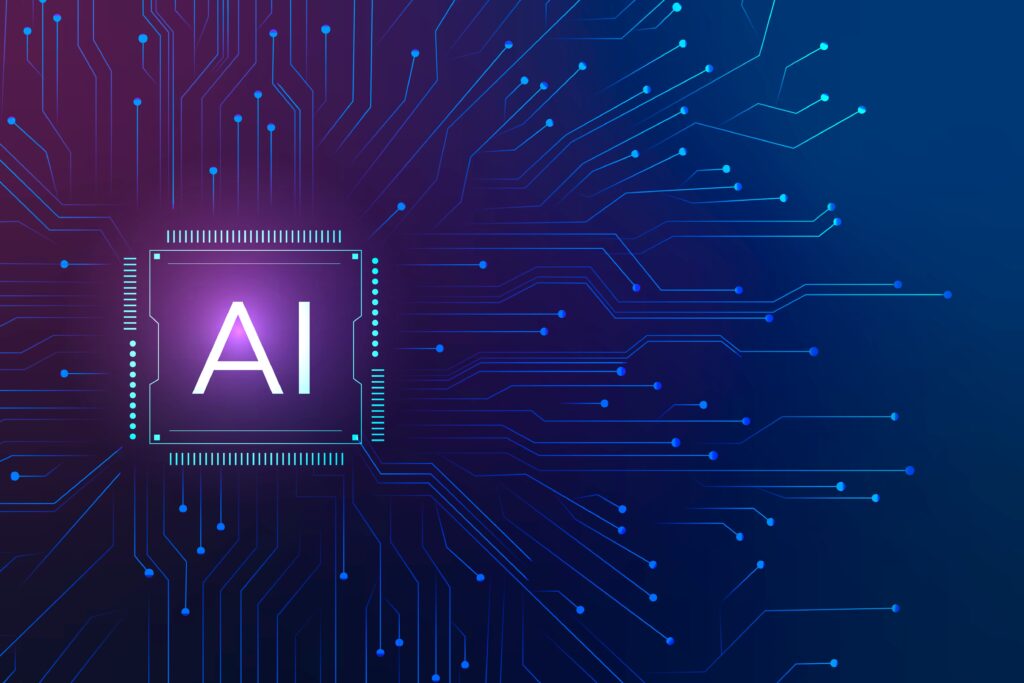With the changes in innovation and technology, hyper-automation is known to be the procedure of advanced technology in the enterprise that is used to develop processes for automating enterprise automation.
The process includes a framework of different automation technologies augmented by AI and machine learning. It further includes what work to automate, choosing appropriate automation tools, and extending the capabilities using flavors of AI and machine learning.
It is also important to know that role of pandemic has played a major role in the adoption and acceleration of hyperautomation within the market, fueling the priority of digital transformation and automation.
Why is hyper-automation important?
The main reason hyper-automation is important as it provides a framework for integrating and optimizing enterprise solutions which is built on the success of RPA tools and addresses their limitations.
For example, RPA mirrors how people interact with the applications, and employees can automate part or all of their work by recording how they perform a task. Automated tasks can be measured for speed, accuracy, or any other metrics used by the company in order to evaluate employee performance on the same tasks.
What are the benefits of hyperautomation?
There are different benefits of hyperautomation that are as follows:
- Focusing on prioritizing future automation efforts
- Improving ability to measure the impact of digital transformation efforts
- Enhancing the usage of artificial intelligence and machine learning into business process
- Reducing the need of shadow IT, which will eventually improve security and governance
- Improving alignment between IT and business
- Lowering the cost of automation
What are the challenges of hyper-automation?
Hyperautomation is a new process that includes a few early stages to figure out how to make it work in practice. Some of the biggest challenges include the following:
- Getting Human Buy-in: The mindset of people is that hyperautomation will augment rather than replace human beings but the reality is that automation eliminates jobs once done by humans.
- Manual Augmentation Required: One of the surveys found that the code for automation can be automatically generated using existing tools, but a lot of manual effort is still required to fulfill all the requirements.
- Immature Metrics: The tools for assessing the cost and potential value of automation are still in their infancy.
- Tools: There is no silver-bulled hyper-automation software, the enterprises are still struggling to ensure interoperability and integration across these tools.
Use of Hyperautomation in different fields:
Hyperautomation in Healthcare: There is major benefit from hyper- automation to the healthcare industry providing better patient experience, strong bottom line and more accurate data. This process is used to automate billing cycle, customer communication and collection that also helps in patient record management, collecting and collating data, and helping in more accurate treatment plans. The process can be used to manage drug inventory and procurement and schedule staff and other resources.
Supply Chain
With the help of hyper-automation using the technology of RPA, we can check inventory stock and current view of inventory levels and availability of products anytime. RPA can be further used for procurement, pricing, billing, quote requests, system maintenance, and repair. The process of hyperautomation can further increase speed, efficiency, and accuracy.
Banking and Finance
The industry of banking and finance is under constant pressure to reduce costs, improve efficiency, and provide tremendous personal customer experience. Both the banking and finance sector includes a large volume of data and the process of hyper-automation can help streamline the tasks, making the process quicker and less prone to error.
Retail Industry
The industry of e-commerce is increasing and people are processing more people utilizing their loyalty programs. AI-based hyper-automation can streamline front-end processes such as targeting the audience through social media, targeted email marketing, loyalty recognition online, and facial recognition when a customer enters a store. The process has made the work of the retail industry much more simplified.
Conclusion
With the changes and innovation in technology, the process of hyperautomation is increasing in the enterprises as it is providing alignment between IT and business and enhancing the adoption of AI and machine learning into business process which will eventually bring growth in the business. With the use of hyperautomation techniques, it further improves the ability to measure the impact of digital transformation efforts.



